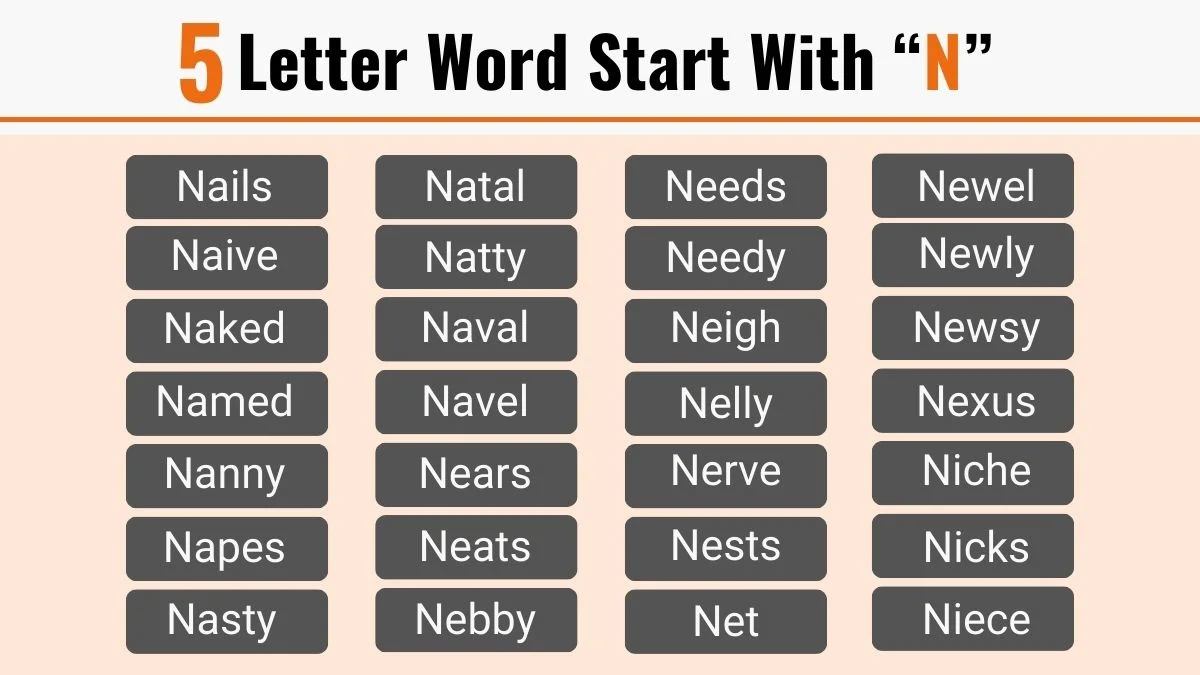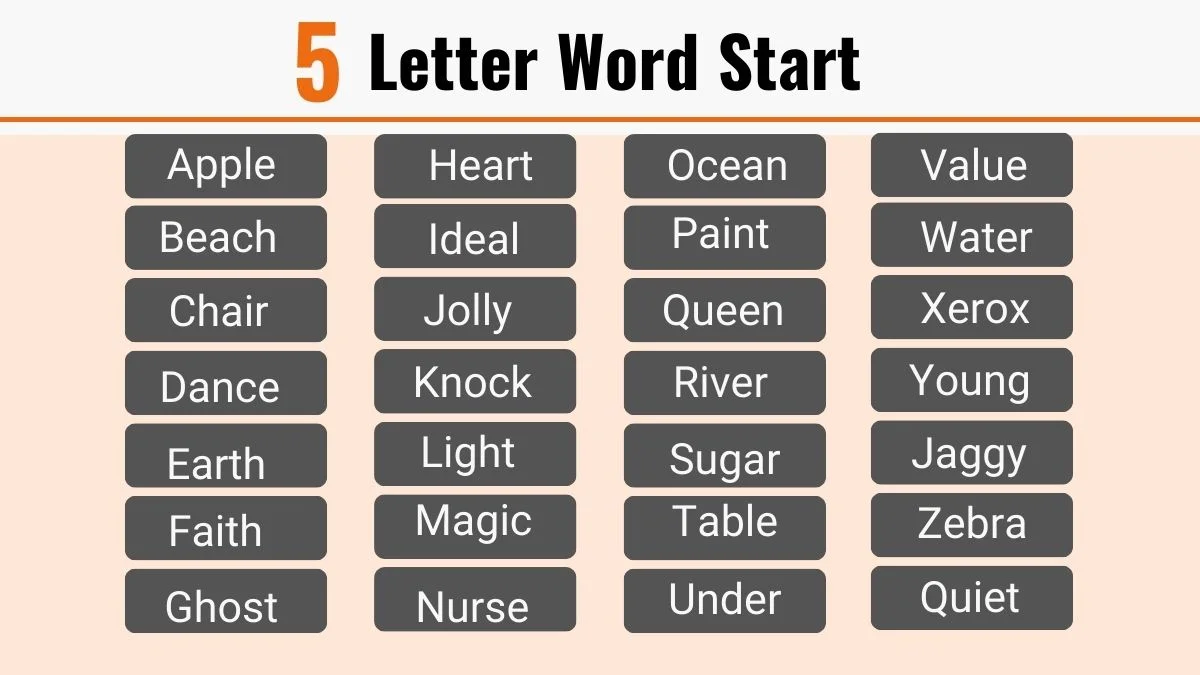Right vs. Rite-Difference between and Examples
In the English language, certain words can easily be confused due to their similar pronunciation or spelling. Two such words that often lead to misunderstanding are “right” and “rite.” Although they sound alike, these words possess distinct meanings and usage. This article aims to shed light on the differences between “right” and “rite” by providing clear definitions and examples. Let’s delve into the individual meanings and contexts of these words to grasp their correct usage.

Meanings and Examples
Right meaning
Right is a noun, adjective, or adverb that denotes correctness, morality, or entitlement. It can refer to something just, fair, or in accordance with the law. Additionally, “right” can indicate direction or location.
Right Examples
a) Every individual has the right to freedom of speech.
b) She made the right decision by following her instincts.
c) Turn right at the next intersection to reach the destination.
Rite meaning
Rite is a noun that refers to a formal or ceremonial act or observance. It pertains to a religious or traditional practice, often associated with a specific occasion or event.
Rite Examples
a) The wedding ceremony included several traditional rites and rituals.
b) The initiation rite marked the passage of young individuals into adulthood.
c) The religious community gathered to perform the sacred rite of baptism.
Difference between Right and Rite
| Right | Rite | |
| Meaning | Noun/adjective/adverb: correctness, entitlement | Noun: formal or ceremonial act or observance |
| Example | “Every individual has the right to freedom.” | “The wedding ceremony included several rites.” |
| Usage | Indicating correctness, entitlement, direction | Describing formal or ceremonial practices |
| Context | Morality, justice, entitlement, directions | Religion, tradition, formal ceremonies |
Usage in a Paragraph
The word “right” is versatile and can be used as a noun, adjective, or adverb. As a noun, it represents correctness, morality, or entitlement. It is often associated with concepts of justice and fairness, such as the right to freedom or the right to a fair trial. When used as an adjective, “right” describes something that is correct or appropriate. For instance, if someone makes a decision that aligns with their values and beliefs, we can say they made the right decision. Additionally, “right” can function as an adverb to indicate direction or location. In navigation, for example, you may be instructed to turn right at a specific intersection.
On the other hand, “rite” is solely a noun and refers to a formal or ceremonial act or observance. It is commonly associated with religious or traditional practices performed during specific occasions or events. Examples of rites include wedding ceremonies, initiation rituals, or religious sacraments like baptism. These rituals often hold symbolic significance and are performed according to established customs and traditions.
Understanding the distinction between “right” and “rite” is crucial for effective communication. “Right” is used to express correctness, morality, entitlement, or direction, while “rite” pertains to formal or ceremonial practices associated with specific occasions or events. By employing these words accurately in their respective contexts, individuals can avoid confusion and ensure their messages are conveyed with clarity.







Leave a Reply